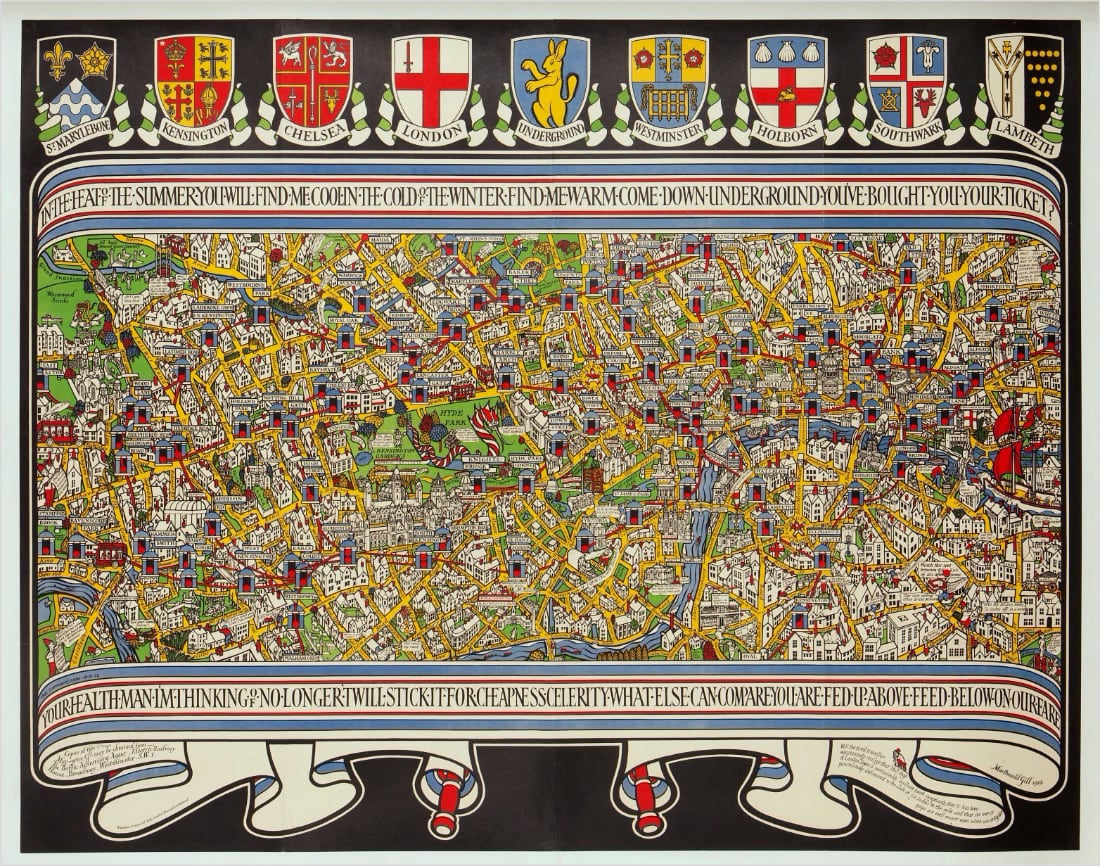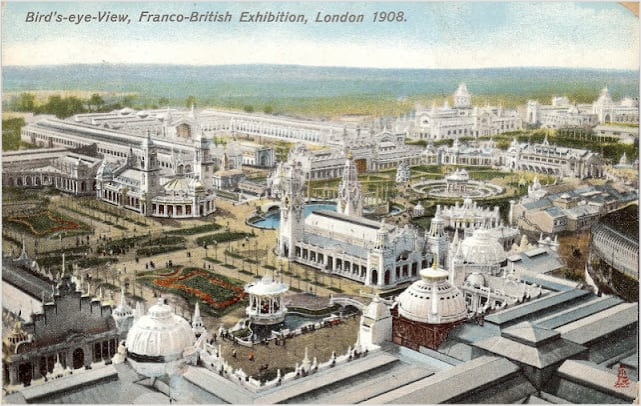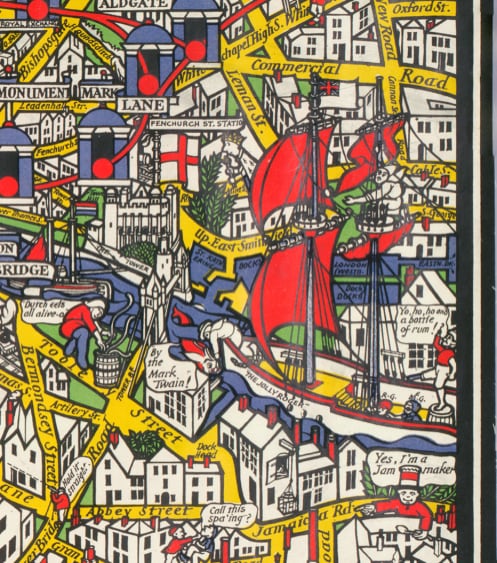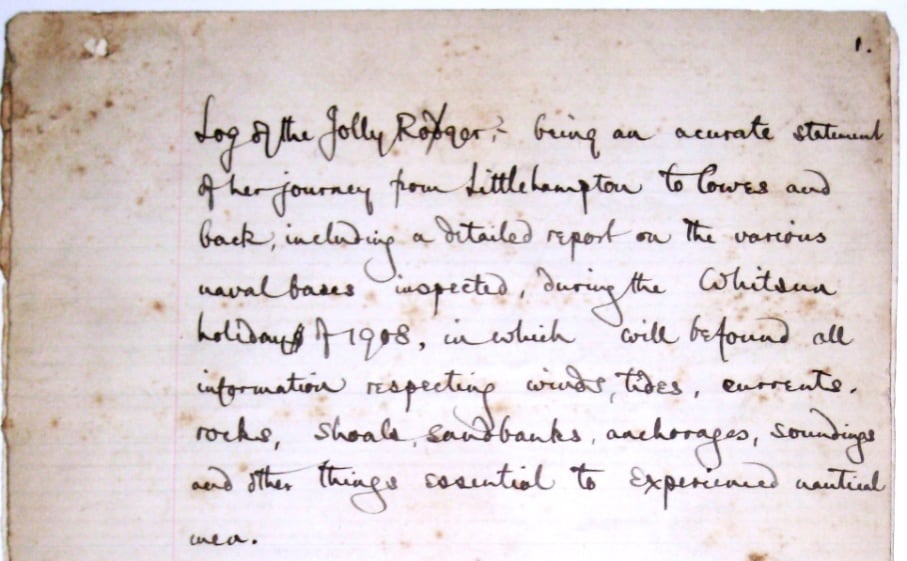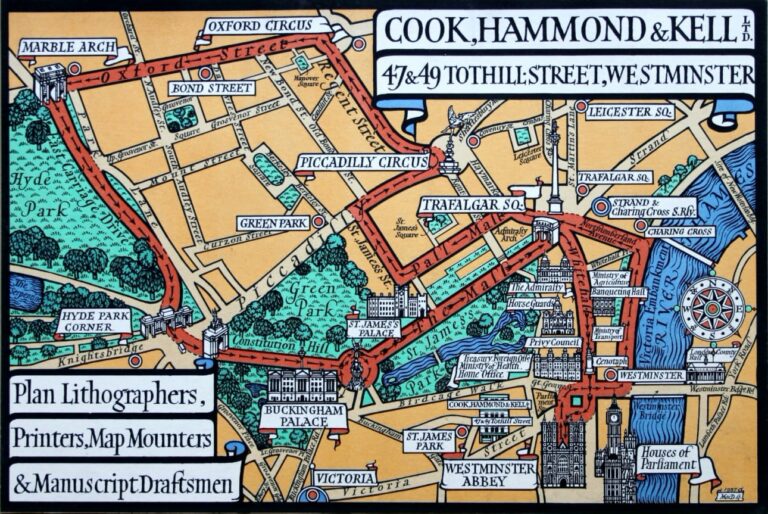St Bartholomew’s Church Update
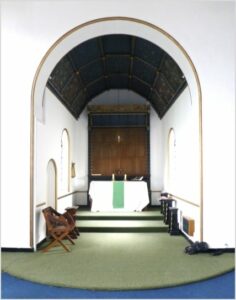 After a long wait, the new owners of the Grade II-listed St Bartholomew’s Church were granted planning permission to carry out works to make the building viable as a dance school. The owners’ appreciation of its heritage together with some sensitive architectural decision-making means that the alterations will have minimal impact on the interior. The main changes include partitioning under the gallery for the provision of toilets and a changing area. Although the chancel may also be partitioned off from the nave to create
After a long wait, the new owners of the Grade II-listed St Bartholomew’s Church were granted planning permission to carry out works to make the building viable as a dance school. The owners’ appreciation of its heritage together with some sensitive architectural decision-making means that the alterations will have minimal impact on the interior. The main changes include partitioning under the gallery for the provision of toilets and a changing area. Although the chancel may also be partitioned off from the nave to create 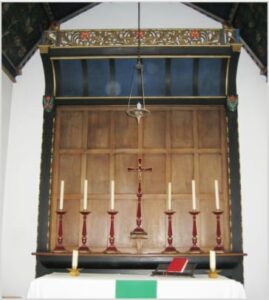 administrative space, Max Gill’s mural painting on the ceiling will not be touched and should still be viewable from the nave. The reredos and gilded prayer desks are all still in situ although some of Max’s decorative work on the reredos was painted out decades ago. The altar accessories such as the cross and candlesticks have gone, presumably removed by the Diocesan authorities.
administrative space, Max Gill’s mural painting on the ceiling will not be touched and should still be viewable from the nave. The reredos and gilded prayer desks are all still in situ although some of Max’s decorative work on the reredos was painted out decades ago. The altar accessories such as the cross and candlesticks have gone, presumably removed by the Diocesan authorities.
The dance school should be open for the September term and it is intended that the building will also be used as an arts centre and for community events.
Exhibition – MacDonald Gill: Charting a Life
This free exhibition runs from Tuesday 20 September to Saturday 15 October (a day later than advertised). Do check opening days and times before you come. There will also be a talk at the venue given by me (Caroline Walker) and my co-curators Andrew and Angela Johnston on Tuesday 27 September at 6.30pm. Tickets can be booked through the WSRO website.
In the Heat of Summer
Given the extraordinary temperatures of recent months, I thought it might be appropriate to take a look at In the Heat of Summer, Max’s 1922 pictorial poster for London Underground. It may well have been commissioned after the record heat and severe drought of the previous summer. The message along the top and bottom borders was designed to entice people down into the underground in all seasons:
IN THE HEAT OF THE SUMMER YOU WILL FIND ME COOL
IN THE COLD OF THE WINTER YOU WILL FIND ME WARM
COME DOWN UNDERGROUND YOU’VE BOUGHT YOU YOUR TICKET?
YOUR HEALTH MAN I’M THINKING OF NO LONGER WILL STICK IT
FOR CHEAPNESSS CELERITY WHAT ELSE CAN COMPARE
YOU ARE FED UP ABOVE FEED BELOW ON OUR FARE
In small lettering at the bottom of the scroll Max assures his viewers that the map is ‘meticulously accurate (with exceptions)’ and has been ‘punctiliously delineated to the scale of 6 inches to the mile’. To ensure this accuracy, he used Ordnance Survey maps – usually bought from Stanfords, the London map emporium (then in its original Long Acre premises).
 The map is drawn on an partly unrolled scroll set against a black background with a colourful band of heraldry. In the Wonderground map Max depicted the rabbit as ‘the oldest inhabitant of the Underground’ and here in the centre he cheekily introduces the rabbit as the Underground emblem. It is surrounded on either side with the coats of arms of the city and the seven London boroughs shown on the map.
The map is drawn on an partly unrolled scroll set against a black background with a colourful band of heraldry. In the Wonderground map Max depicted the rabbit as ‘the oldest inhabitant of the Underground’ and here in the centre he cheekily introduces the rabbit as the Underground emblem. It is surrounded on either side with the coats of arms of the city and the seven London boroughs shown on the map.
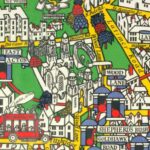 Although most of the key buildings on the map still exist, some are long gone. Just north of Shepherd’s Bush in Max’s time stood the Great White City. This 200-acre complex of white stucco palaces and halls with Venetian-style canals and a great stadium was the brainchild of Imre Karalfy, a Hungarian émigré. It opened in 1908 with the Franco-British Exhibition and the same year hosted the Olympic Games. Two new stations served the exhibition including Wood Lane on the Hammersmith branch of the Metropolitan Line (later renamed the Central Line). Other international exhibitions were held here but with the onset of the First World War the site was abandoned. By 1922 when this map was drawn, it had already been dissected by the extension of the underground line to Ealing Broadway. After the Second World War the remaining ruins were redeveloped into the White City housing estate and the BBC Television Centre. The stadium – used for greyhound racing from 1927 as well as other sporting events – was finally demolished in 1985 and replaced by BBC White City.
Although most of the key buildings on the map still exist, some are long gone. Just north of Shepherd’s Bush in Max’s time stood the Great White City. This 200-acre complex of white stucco palaces and halls with Venetian-style canals and a great stadium was the brainchild of Imre Karalfy, a Hungarian émigré. It opened in 1908 with the Franco-British Exhibition and the same year hosted the Olympic Games. Two new stations served the exhibition including Wood Lane on the Hammersmith branch of the Metropolitan Line (later renamed the Central Line). Other international exhibitions were held here but with the onset of the First World War the site was abandoned. By 1922 when this map was drawn, it had already been dissected by the extension of the underground line to Ealing Broadway. After the Second World War the remaining ruins were redeveloped into the White City housing estate and the BBC Television Centre. The stadium – used for greyhound racing from 1927 as well as other sporting events – was finally demolished in 1985 and replaced by BBC White City.
As always in Max’s poster maps for the London Underground, in-jokes, puns and enigmatic family references abound. The Jolly Roger – a vessel which appeared on a map for the first time on Max’s 1910 wind-dial for Whalton Manor – recalls an epic sailing trip Max and several siblings made from Littlehampton over to the Isle of Wight in 1908. Two of the crew – Romney and Madeleine – can be identified by their initials. This nautical adventure was recorded – with embellishments – in ‘The Log of the Jolly Roger’, a 13-page document written by Romney.
